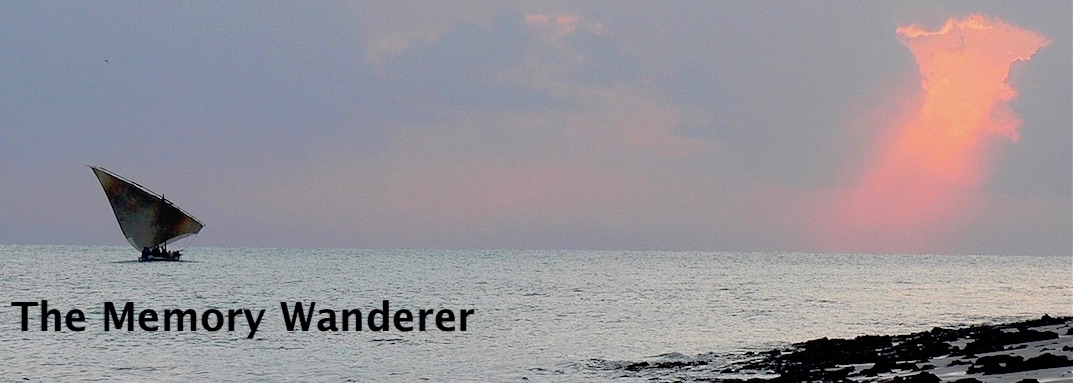 This morning we woke to bright sunshine through which snowflakes fell. The temperature was a fraction above freezing so....
This morning we woke to bright sunshine through which snowflakes fell. The temperature was a fraction above freezing so....
....the flakes settled quite happily on the roof of our car.
Now rain through sunshine is often referred to as a 'monkeys' wedding', though a search on the internet finds little to explain where the term comes from or its derivation. Its use is widespread, including in Africa and the Caribbean, but a quick trawl through my African books provided the source of the version I know, in....
....one of Geraldine Elliot's lovely volumes of Nyasaland (Malawi) folk lore - see earlier post
here.
It is the last story in her fourth and last book, The Singing Chameleon, and it describes how a dreadful drought threatened to spoil the festivities at the monkeys' wedding. They had no food for the feast but Tandaubwe the spider, noticing that, unlike all the other animals, Mkango the lion was still very fat, had crept into his cave and seen that, by putting a single bean into a cooking pot in which he kept a magic bone, the lion made a pot full of beans.
Kalulu the rabbit was sent to ask the lion if the monkeys could borrow the bone for the wedding but the mean lion refused - unless, he said, it rained within the next three days. Surprisingly, rain it did, on a beautifully sunny day, but the rain came from a plan hatched by Kalulu and the monkeys. They organised hundreds of their friends and relatives to form a chain to pass up gourds full of water from the river and poured them across the entrance to the lion's cave.
The bone, the monkeys found, worked for everything so, for example, one banana made hundreds, and they had a magnificent feast, much to the fury of Mkango when he discovered how he had been tricked.
I love these African folk tales and the sketches, by Sheila Hawkins, which accompany them, and can remember my mother reading them to us when we lived in Mombasa.
However, this does leave us with a problem. If rain falling through sunshine makes it a monkeys' wedding, what do we call a day when snow falls through sunshine?


















































